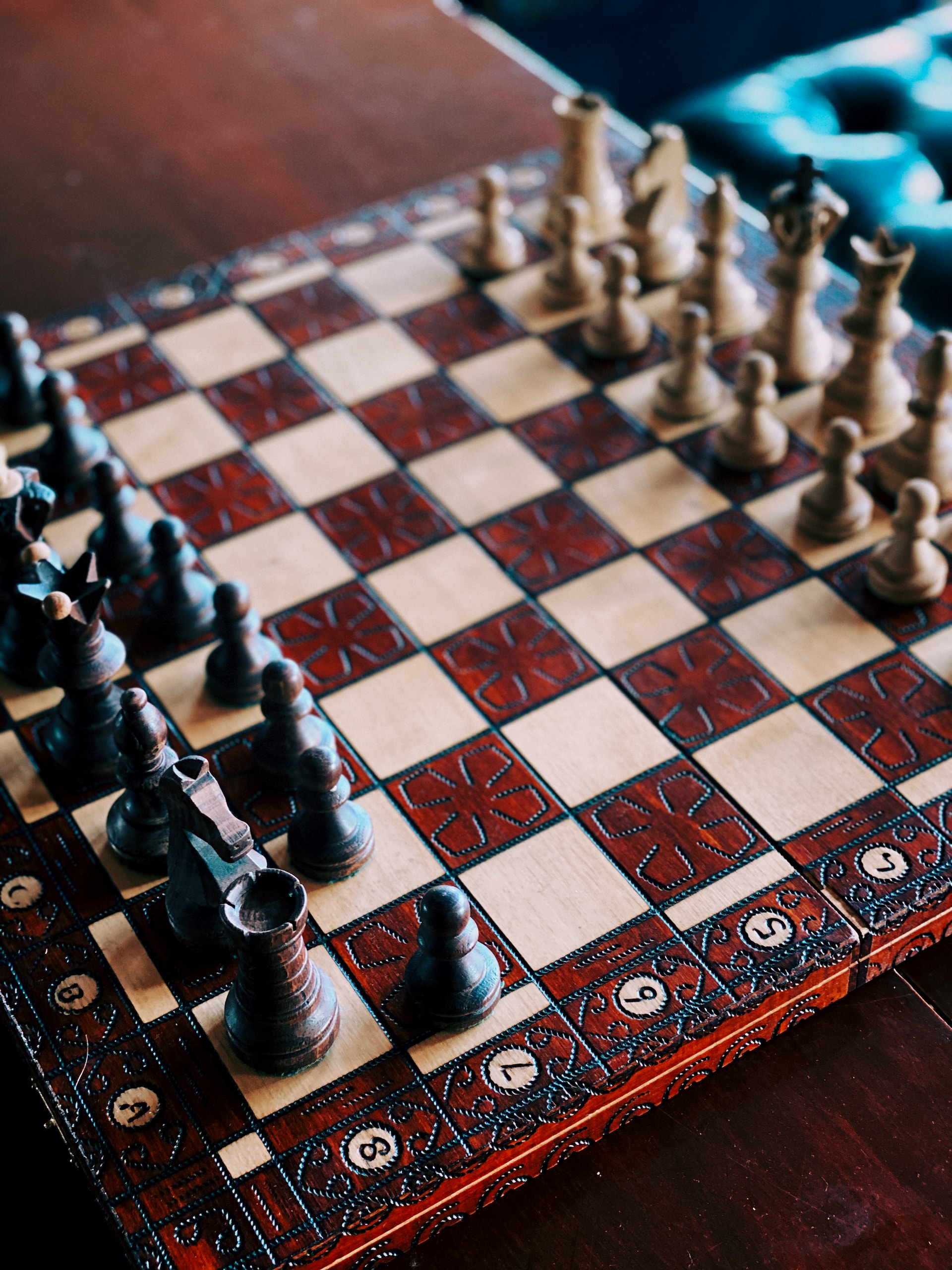Chess is a timeless board game that is easy to learn but challenging to master. If you want to improve your chess game and secure more victories, this article provides essential strategies and tips to help you become a better chess player.
How to Win in Chess: Basic Strategy
Chess is divided into three distinct phases: the opening, the midgame, and the endgame. To become a successful chess player, you must develop strategies for each phase. Here are some valuable tips to get you started:
Tip 1: Mastering the Opening
A strong opening strategy is essential for success in chess. The opening phase sets the stage for the rest of the game. Focus on these key aspects:
- Activate Your Pieces: Develop your knights and bishops early, giving them room to move and control the board.
- Defend Your King: Ensure your king is safe by castling early. Castling is a move that provides your king with added protection.
- Control the Center: Occupy the central squares (d4, d5, e4, e5) to influence the board.
- Follow Established Openings: Learn and practice well-known opening sequences. Familiarity with openings can give you an advantage.
Tip 2 to 4: The Midgame and Tactics
The midgame is where you execute your long-term strategy. Focus on tactics that help you achieve your goals. Two critical tactical concepts are forks and pins:
- Forking: A fork occurs when one of your pieces simultaneously threatens two of your opponent’s pieces. It forces your opponent to make a difficult choice, often leading to material gain.
- Pinning: A pin is a situation where your opponent’s piece is immobilized because moving it would expose a more valuable piece behind it.
Mastering these tactical concepts will help you gain an advantage in your games.

Tip 5: The Importance of the Endgame
Don’t neglect the endgame when most pieces have been exchanged—study endgame principles to improve your chances of winning in simplified positions.
Tip 6: Control the Center
Controlling the centre of the board is a fundamental strategy in chess. Use your pawns and other pieces to establish dominance in the central squares. The move 1.e4 (pawn to e4) is a popular opening move.
Tip 7: Control the Diagonals
Bishops are valuable long-range pieces; controlling diagonals can give you a significant advantage. Place your bishops on the corners of the board to control long diagonals effectively.
Tip 8: Control the Files
Rooks excel at controlling ranks and files. Create open files for your rooks by advancing your pawns. Placing rooks on open files is a powerful way to dominate the board.

Tip 9: Scholars’ Mate
Scholars’ Mate is a quick checkmating pattern that can catch your opponent off guard. However, it’s essential to remember that this tactic is most effective against beginners who may not be familiar with it.
Tip 10: Learning From Experts
Learning chess from an experienced tutor or chess coach can accelerate your progress. Platforms like Amphy offer opportunities to connect with chess experts who can teach you advanced strategies and tactics.
Tip 11: The Versatile Queen
The queen is the most powerful piece on the board. Utilize your queen’s versatility to control ranks, files, and diagonals and support your overall strategy. However, avoid overextending your queen, as it can become a target.

Tip 12: Protect Your King
The king is your most valuable piece. Ensure its safety by castling early in the game. Castling provides a protective wall of pawns and relocates the king to a more secure position.
Tip 13: Trade Down When Ahead
If you have a material advantage (more or higher-value pieces), consider simplifying the position by trading down. Swap pieces strategically to maintain your advantage while minimizing risk.

By incorporating these tips into your chess strategy and practising regularly, you can improve your skills and increase your chances of winning at chess. Remember that chess is a game of continuous learning and adaptation, so don’t be discouraged by losses but use them as opportunities for growth and improvement.


Discussion about this post